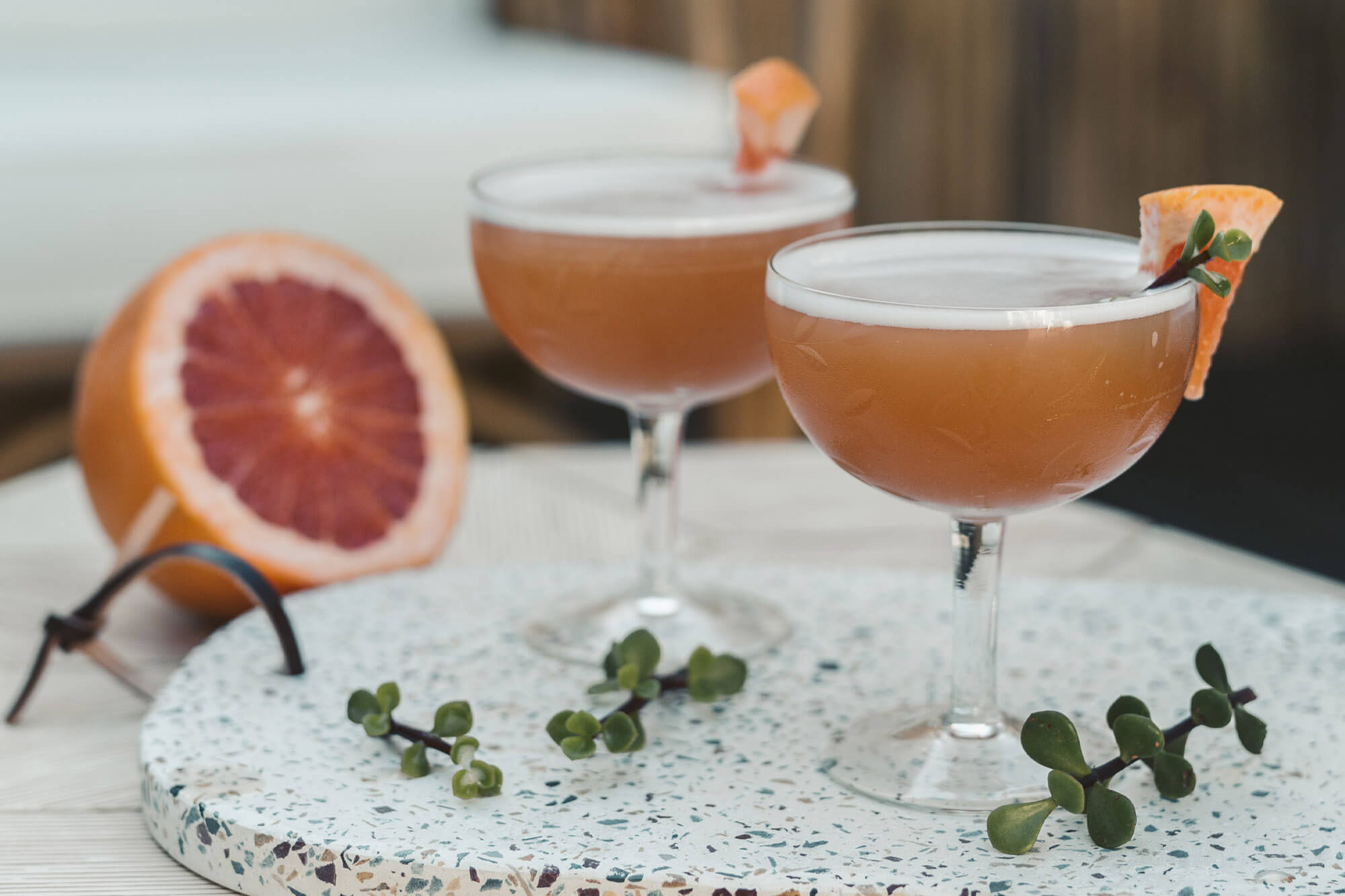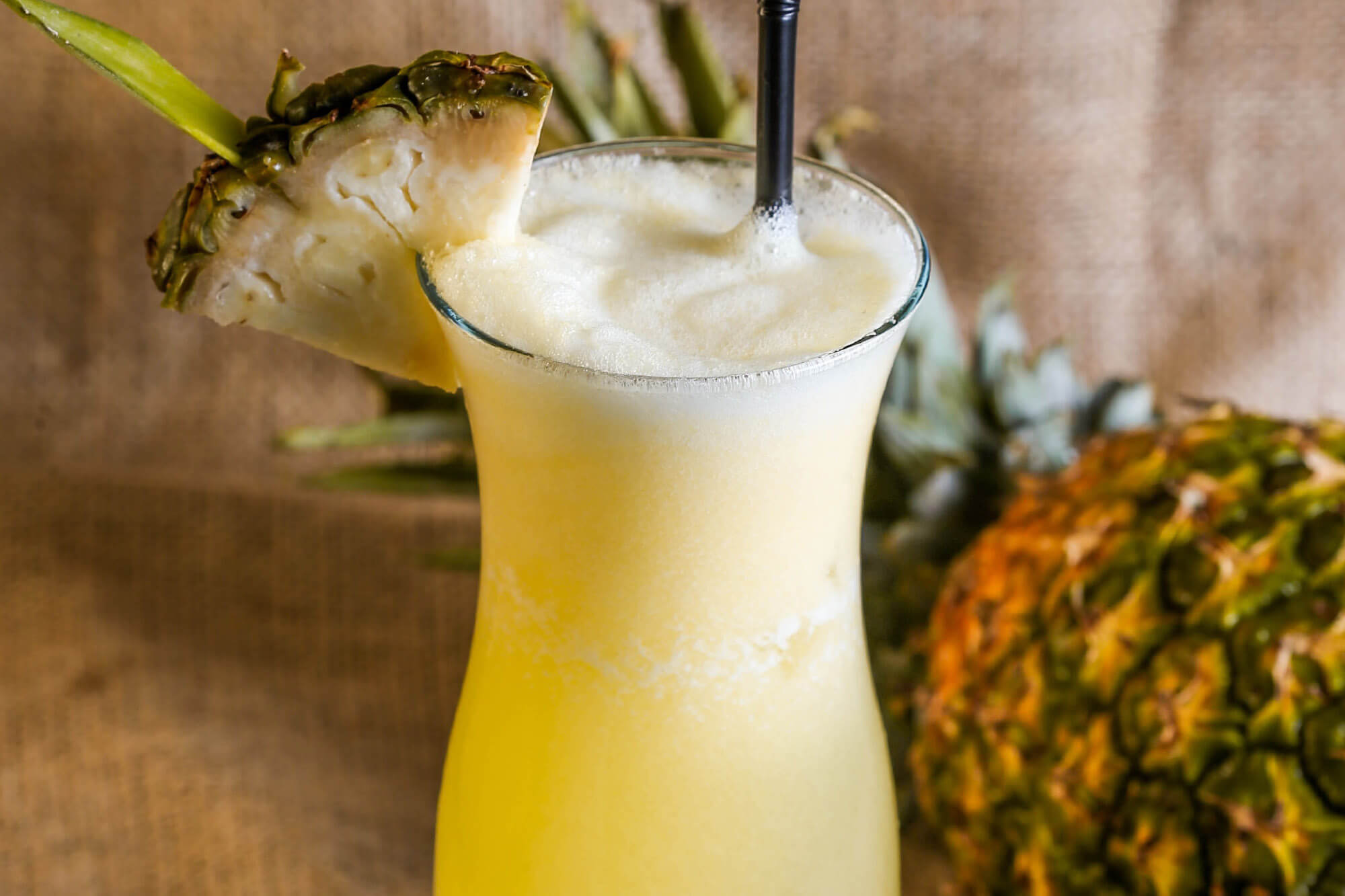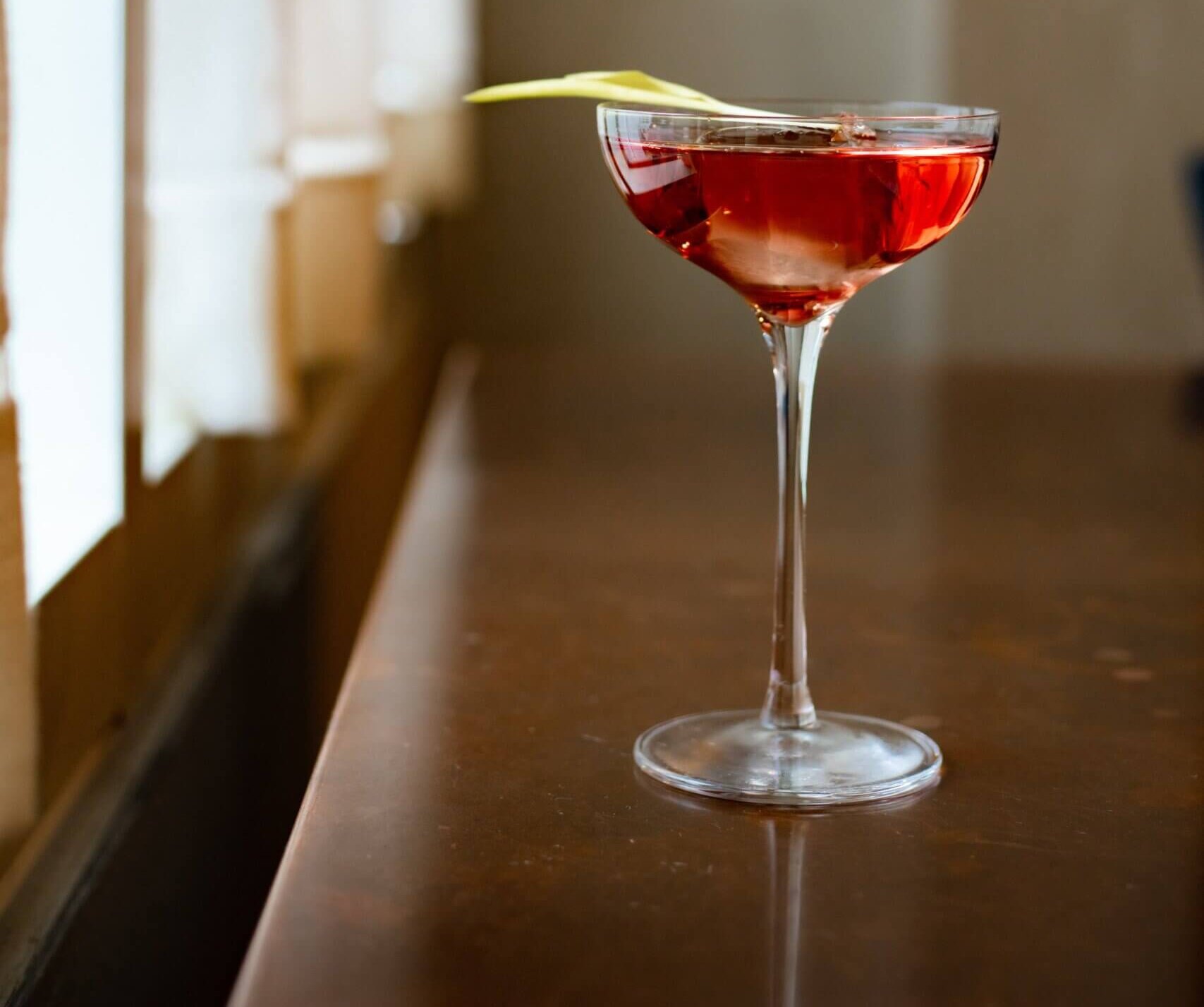Celebrating the Mint Julep
By Shawn Evertsen
Saturday, the 4th of May marked a milestone in American sport as 20 thoroughbred racehorses stampeded around the track at Churchill Downs and ‘ran for the roses’ at the 150th anniversary of the Kentucky Derby.
The inaugural race was held in 1874 after Meriwether Lewis Clark Jr., grandson of explorer William Clark, of the famous duo Lewis and Clark, returned home from a trip to Europe where he marveled at The Derby race in Surrey, England and the Grand Prix de Paris at Longchamp, France and was subsequently inspired to create the Louisville Jockey Club. Local landowners John and Henry Churchill donated a parcel of their property, construction of a world-class racecourse began, and an American equestrian ritual was born.

The basic recipe for a delectable Mint Julep is not complex. Muddle some mint, deposit the verdant pulp into a silver chalice filled with crushed ice, add simple syrup with a generous ratio of bourbon and you’re off to the races. The precise history of the Mint Julep is not as straightforward to explain, mostly due to the lack of printed historical records of bartenders and their methods from the 18th century.
Across the pond the British were using the term ‘julep’ before it became a cocktail to refer to sugary medicine, with little to no booze involved. As far as flavors go, they weren’t very pleasant or desirable because they tasted like medicine. The earliest printed mentions of Mint Juleps come from Virginia, leading to the conclusion that this Southern state was also its birthplace.
After serving under Colonel George Washington (yes, that George Washington) during the French and Indian War, in 1770 Robert Munford III penned a comedic play entitled The Candidate, featuring a character named Mr. Julip (with an ‘i’ instead of an ‘e’), with the surname an intentional indication of his reputation for consistent inebriation.
In 1784 the Society for Promoting Medical Knowledge circulated Medical Communications: Volume 1, page 242 of which describes the prescription for a patient “sickness at the stomach, with frequent retching, and, at times, difficulty swallowing. I then prescribed her an emetic, some opening powders, and a mint julep.”
In 1803 John Davis wrote a nonfiction account of his Travels of Four Years and a Half in the United States of America, during which time he encountered a Mint Julep, described as “a dram of spirituous liquor that has mint steeped in it, taken by Virginians of a morning.” Who are we to judge if the good people of Virginia toasted their mornings with alcoholic beverages?

How the Mint Julep evolved from its early variations to the contemporary equivalent is just as muddled as the mint in every glass.
Sometimes it was called a Virginia Julep or an Iced Julep. In northern establishments of New York, it was called a Hailstone Julep for the inclusion of crushed ice as a crucial element. Whiskey or bourbon was the original central spirit, mixed with said mint, syrup and ice – on this we can all agree. The sugar or syrup added was needed to make it palpable, as the common whiskey of the time was unrefined with a boisterous burn, far from the long-aged oak-barrel brands sold for top dollar today.
Throughout the 1800’s gin, rum and brandy were substituted for whiskey, depending on the decade, the location, and the fashion of the day. This rotation of every major spirit is verified by instructions of New York City bartender and proprietor Jerry Thomas, regarded as “the father of American mixology” whose widely influential 1862 book Bar-Tenders Guide: How To Mix Drinks or The Bon-Vivant’s Companion detailed no less than five variations of the Mint Julep, using whisky, cognac, brandy, gin or sparkling white Moselle wine.

Some places served Mint Juleps in silver chalices, alluding to the drink’s supposed sophistication aimed at the well-o and well-to-do. Other establishments presented guests with enormous bowls of the mix containing monoliths of ice with holes bored through them to accommodate drinking straws for groups, like the 1800’s version of the Scorpion Bowl at Trader Vic’s.
Trying to explain or confirm the 19th century timeline of who mixed what spirit with mint and added the word ‘julep’ to the name when and where leaves the mind in knots. Let’s just say it was in high demand in many places from the south and up along the East Coast, leading many bartenders in many far-flung locales to try to up the ante of the recipe in their own specialized way.
Attempting to pin down exactly who mixed the first original mint julep is about as confounding and rewarding as trying to find a stone-sober adult in the infield of Churchill Downs at five pm on Derby Day. Modern articles are little more than scattershot speculation at best, because no one was writing seriously about mixology in any surviving sources before the American Revolution of 1775. Serious writers of the time had more important subjects to cover, like overthrowing imperialist colonizers.
A vastly more interesting and tangible tale is how the Mint Julep first flourished in popularity and became associated with the Kentucky Derby. For this account our scenery changes from Virginia to Kraków, Poland, birthplace in 1840 of Jadwiga Benda, who changed her name to Helena Modjeska and became (one of, if not) the most celebrated actress of her time. She first garnered fame at home in Poland for her performances in Shakespearean tragedies. Troubling incidents over political tensions with Russian Imperial authorities marred her success and led her to consider what life in ‘the new world’ could offer.

In the summer of 1876 Helena and her husband settled in Anaheim, California. The following year she made her American debut in San Francisco and was quickly signed by a theatrical agent for a series of performances in New York, followed by three years abroad in London. Audiences were attracted rather than distracted by her noticeable accent, enamored by her stage presence and made her a tremendous star of the stage, rewarded with both critical and commercial success.
To grasp a view of how famous and respected Helena Modjeska was from our vantage point roughly a century-and-a-half later, consider the number of places and things named in her honor. The list is rather astounding, including Helene Street and Modjeska park, both in Anaheim; Modjeska Canyon in Orange County; Modejska Falls, a waterfall in Lake Tahoe; Bouquet Helena Modjeska, a fragrance by pioneer of the American perfume industry John Blocki; a line of marshmallow-caramel candies called, of course, Modjeskas and a seven-thousand ton US cargo steamship, named bluntly the SS Helena Modjeska.
Scholars of Sherlock Holmes believe author Arthur Conan Doyle modeled the character of singer and adventuress Irena Adler after Helena. In the short story A Scandal In Bohemia Holmes’ trusted colleague Dr. Watson marvels when observing that Irena Adler is the only woman to ever kindle the slightest spark of romance in the reclusive Sherlock, so impressed are they both by her beauty, personality and talent on the stage. The tale begins with the opening narration from Watson, describing Irena / Helena; “To Sherlock Holmes she is always the woman.”
In 1877 Helena attended the Kentucky Derby as a VIP guest at the height of her fame. Legend has it that Derby organizer Meriwether Lewis Clark Jr. sent over an extra-large Mint Julep to Helena and her group of friends with a welcoming toast. Helena misinterpreted the drink for her table as an individual drink for herself and enjoyed it so much she ordered another in less time than it took for the thoroughbreds to run the race. This lighthearted party anecdote made the rounds of gossip and soon after cemented the Mint Juleps reputation as the ultimate celebrity-endorsed refreshment of the event.
Not only did the drink become incredibly popular, so did the special glasses it was served in, to the point where Churchill Down restaurant management were forced to contend with the trend of customers taking the glasses with them after the race. In an inspired response for loss prevention, they decided to start selling the glasses as souvenirs, a tradition still ongoing today.
The Kentucky Derby may very well be the most exciting two minutes in sport, yet the Mint Julep is a cocktail best enjoyed slowly, as the chips of ice melt, the oils of the mint seep into the mix and the fiery bourbon cools and mellows together with the syrup. When honoring an American tradition that has succeeded in maintaining consistency over 150 years there is truly no need to rush. Whatever the outcome of your bets may be, you can bet on the refreshment of a mint julep to put you in the Winner’s Circle every time.








